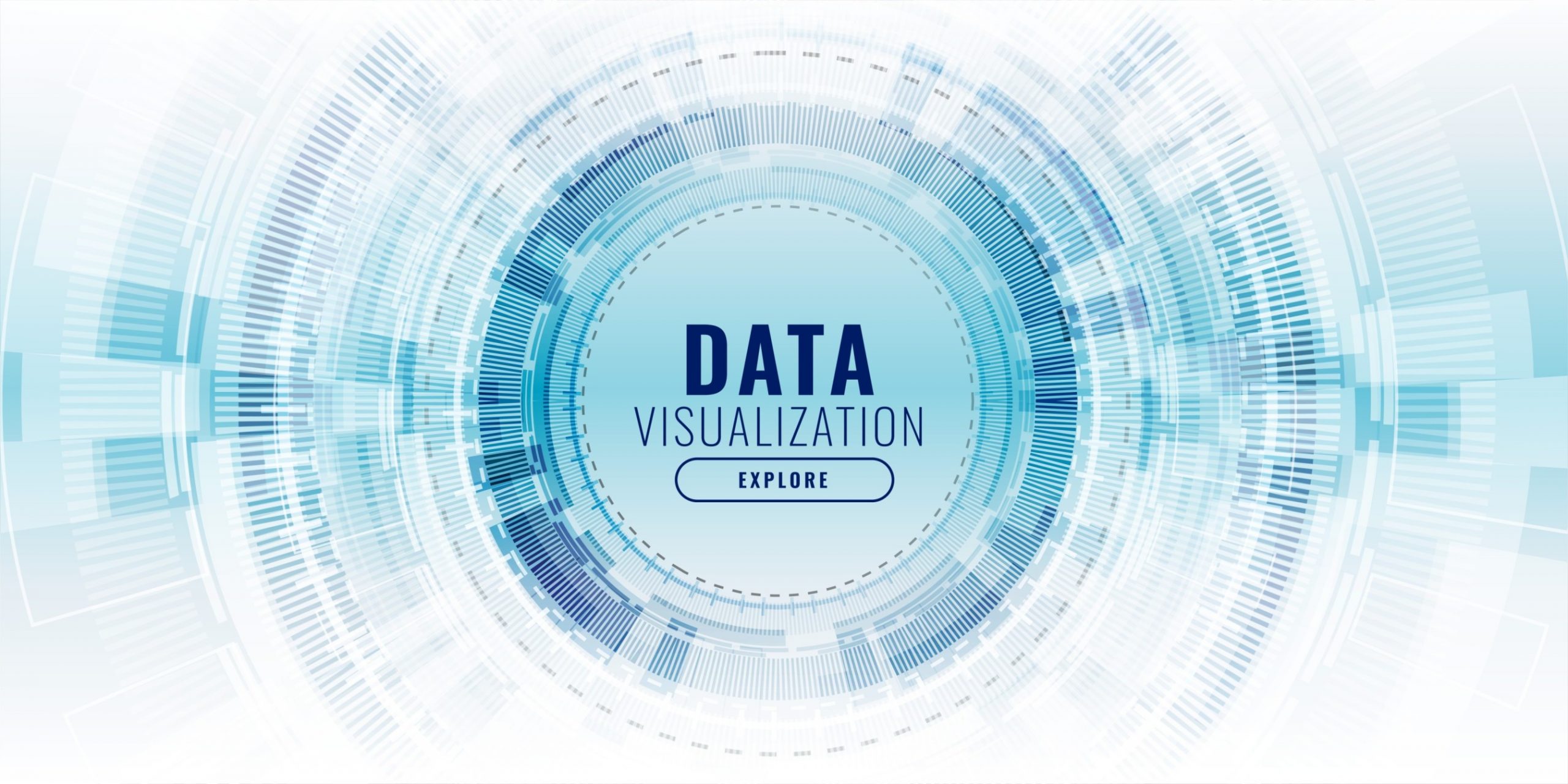Subscribe
Subscribe to EduBridge Blogs
Business generates data on sales, marketing performance, customer interactions, inventory levels, production metrics, staffing levels, and costs. Data visualisation helps convert all that data which drives you crazy into a comprehensible and pictorial format making it visually compelling for the onlooker to understand the complex findings.
Ambushed in the mines of business information we have growth drivers that can mobilise businesses more profitably. But with so much data staring at your face, it’s easy to lose the attention span and get transported to some forsaken nostalgic alley!
When you look at the data presented in a visual format or patterns, it is easier to draw up connections and common threads that propel the ‘a-ha’ moments. If it were not for these visualisations we would still be struggling our way out of the ‘blind spot’ to make those smart business decisions.
Data visualisation brings data to life, making you the master storyteller of the insights hidden within the heap of information overload.

Different Types Of Data Visualisation
- Bar Charts
Any data visualisation journey usually starts with a bar chart.
We often view this to measure polling results. The first visual that comes to anyone’s mind is a Bar chart. It’s one of the most popular data visualisation and is truly versatile.Bar Graphs are best used when your data is in categories, so if you want to map the progress delivered by an enterprise over a period of five years, then, ‘x’ axis will represent the years, while the ‘y’ axis will represent the percentage of growth recorded over the assigned period of time.
- Scatter Plots
Scatter plot is nothing but information plotted in dots.Its a collection of dots that represents relationship between two variables. Its purpose is to show how one variable affects the other. An example could be showing the relationship between monthly e-commerce sales of a company to its online advertising costs. So at one glance you can see if the advertising costs increase, the sales as a result should also increase.
- Time Series Data
Time series is a sequence of information that attaches a time period to each value.The most relatable example would be how meteorologists forecast weather. To make accurate predictions they rely on analysing past data. That said , if the data isn’t in chronological order, finding the correct pattern would not be possible. For instance, knowing the highest temperature for the last five days is useless until we know which value corresponds to which day , hence corresponding time periods for each value is of importance for predicting the weather for the next five days.
- Word Cloud
Word Clouds are an easy way to summarise any text and make popular words jump to your attention. They are eye-catching and easily interpreted.
It is a cluster of words depicted in different sizes. The bigger and bolder words are the words used most frequently in the original text and can also become a basis for comparison.An example could be a Minister’s speech from two different elections, summarised in a word cloud. The Word Cloud isn’t exactly a perfect way of getting measured insights on business decisions but certainly a profound way of underlining the importance on a certain ethos.
- Heat Maps
Heat map visualisation is a method representing numerical data where the value of each data is indicated using colours. Imagine painting those rainbow colours from your canvas onto your computer screen . Well, go ahead, splash some colour to that monochrome data right in front of you! Let the data pulsate with and vibe with the enterprises ethos perhaps!
- Geo Maps
It’s a map that visualises location data. This allows you to immediately map geographical locations that are most important to your brand and business. It’s one of those geography maps you looked at in school and are still using to indicate sales by location and shading parts of the map with most sales. This can show you where your valuable sales are coming from and where those sales are weak to tweak and change your marketing strategies so that you too can one day become like “ JIO HAR GHAR MEIN “ aka the main player.

Conclusion
Data visualization techniques are vital components for data analysis, because they can summarize large amounts of data effectively in an easy to understand complex formats.
In this digital age, there are many types of data visualizations you could use to your advantage, but choosing the right visual to represent your data becomes key.
Each type comes with its set of pros and cons, so your choice depends on several factors – the kind of conclusion you want to draw, your audience, the key metrics.
C’mon now who doesn’t like charts and graphs in comparison to those spreadsheets and reports, let’s keep that attention span hanging on for a little longer!
Recent Blogs
Accelerate Your Career with Expert Guidance and Guaranteed Job*!
"*" indicates required fields








